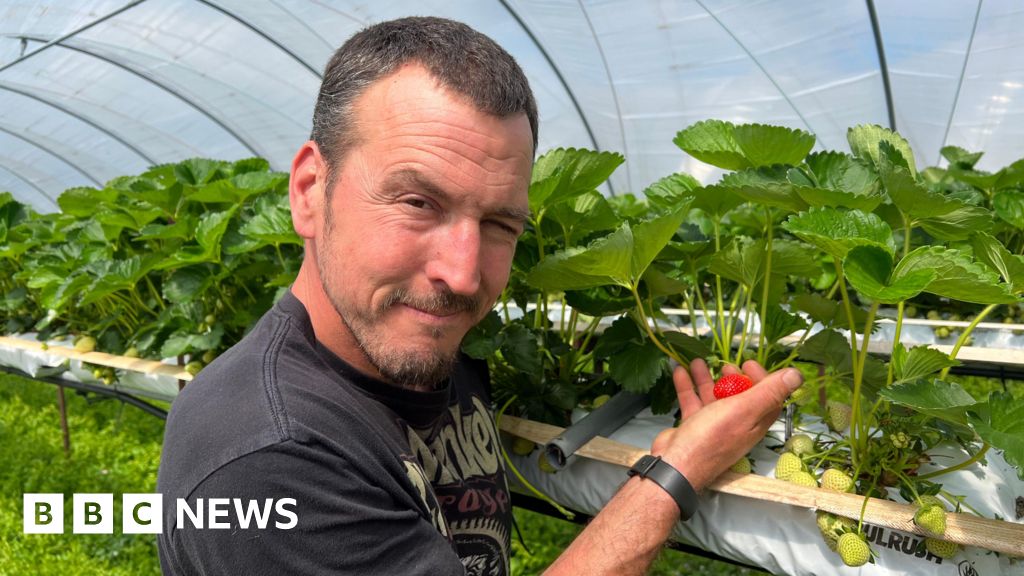
Wetter weather could mean tastier strawberries
BBC - Science and Enivronment 1 year ago

layersDaily Sustainability Digest
Published about 19 minutes ago
Global construction stakeholders are entering a new phase in **environmental sustainability in construction**, driven by rapidly evolving disclosure frameworks and integrated financial accountability. The growing adoption of the Taskforce on Nature-related Financial Disclosures and the International Sustainability Standards Board’s nature and climate reporting standards marks a structural shift toward transparent **whole life carbon assessment** across infrastructure and real estate portfolios. Developers are being pushed to apply **lifecycle assessment** and **life cycle cost** analysis to quantify **embodied carbon in materials**, aligning with the twin imperatives of **circular economy in construction** and **resource efficiency in construction**. These frameworks link biodiversity metrics with financial risk, compelling a transition from voluntary sustainability reporting to measurable performance obligations.
Show MorearticleFeatured News

Bellrock disrupts the FM industry with Symphony, a new playbook for hard services
23 hours ago

Is North East England’s Dogger Bank a benchmark for community engagement?
1 day ago

Tropical Forests Forever: New COP30 Green Finance Plan
1 day ago

Australia is getting free electricity - will other countries follow?
1 day ago

More than 700 companies adopting TNFD recommendations for nature disclosure
1 day ago

The climate debt is due. Will we all pay the price of inaction?
1 day ago
play_circleFeatured Videos

: Minister for Flooding and Water marks publication of FloodReady Report
2 days ago

Solid-State Batteries: Hype vs. Reality
4 days ago

Why do circular business models fail to scale? Going it alone
5 days ago

Why do circular business models fail to scale? Going it alone
5 days ago

Build Test Solution's Luke Smith on Measurement, Retrofit & the Future Home Standard
6 days ago

Dena Arabsolgar, Syxis
9 days ago
podcastsFeatured Podcasts

From BIM to Circular Sampling: Benjamin Glunz on Building Smarter
4 days ago

Why do circular business models fail to scale? Going it alone
5 days ago

5 Top Parking Trends: ICYMI
5 days ago

Maureen Waters on Powering Sustainability with Real Estate Data
10 days ago

Governing Climate Action: Massachusetts’ Strategy for Decarbonization and Resilience
10 days ago

Brackish - S6 E16 Bernadette Russell & Out Beyond Ideas of Wrongdoing and Rightdoing
11 days ago
Get your opinion heard:
Whole Life Carbon is a platform for the entire construction industry—both in the UK and internationally. We track the latest publications, debates, and events related to whole life guidance and sustainability. If you have any enquiries or opinions to share, please do get in touch.











